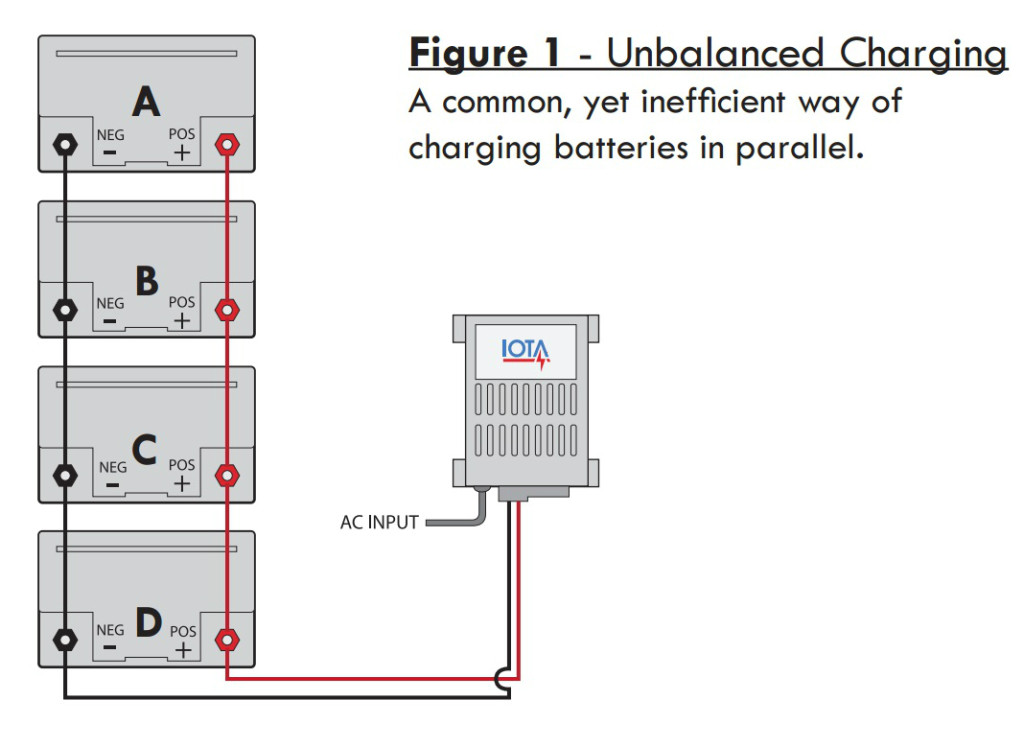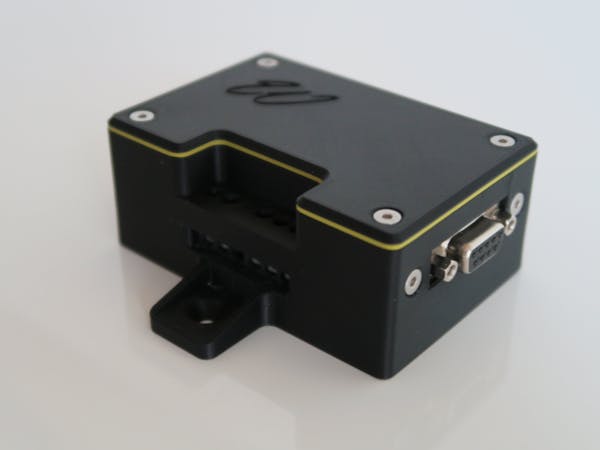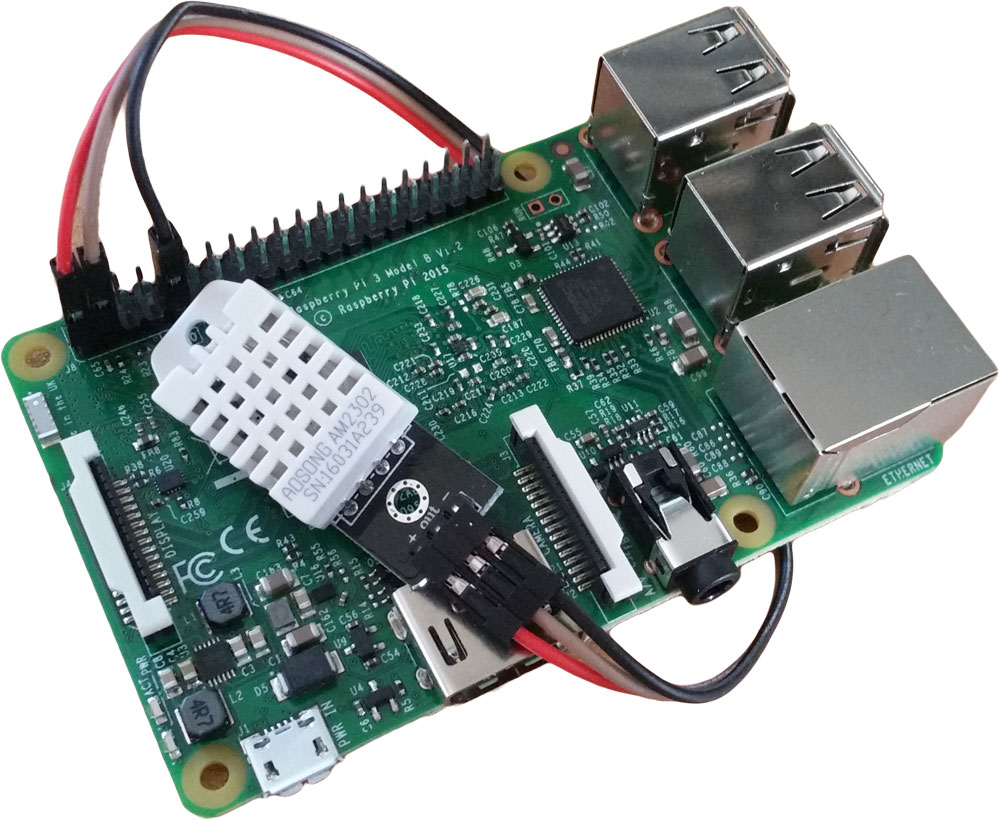My off grid system is currently being built:
6 130Ah lead acid 12v batteries
6 100W monocrystalline panesl
60 A (true) MPPT controller
12 x 1 ft 4/0 cables (post to 5/16)
4kw(8kw peak) inverter (2/0x2 each polarity)
Main issue now are fuses and busbar.
I assume a 4-500A busbar would be appropriate.
But I have no clue as to how to connect each battery to busbar through fuse.
Are there *affordable* busbars that include fusing provisions (assuming 150A slo-blo per battery) .
Or, if this is not practical, plans to build such a device?
I have found a :
Many thanks in advance. This is my first post here!
Also, and possibly OT to this thread:
Are there any plans out there to use battery temperature sensors per battery on an I2C arduino setup to disconnect the panels and load if charge/discharge becomes excessive?
6 130Ah lead acid 12v batteries
6 100W monocrystalline panesl
60 A (true) MPPT controller
12 x 1 ft 4/0 cables (post to 5/16)
4kw(8kw peak) inverter (2/0x2 each polarity)
Main issue now are fuses and busbar.
I assume a 4-500A busbar would be appropriate.
But I have no clue as to how to connect each battery to busbar through fuse.
Are there *affordable* busbars that include fusing provisions (assuming 150A slo-blo per battery) .
Or, if this is not practical, plans to build such a device?
I have found a :
Victron Energy® CIP050060000 - 500A 6-Way Fuse Block with Busbar
On ebay, but is this acceptable? Post heights seem short.Many thanks in advance. This is my first post here!
Also, and possibly OT to this thread:
Are there any plans out there to use battery temperature sensors per battery on an I2C arduino setup to disconnect the panels and load if charge/discharge becomes excessive?













